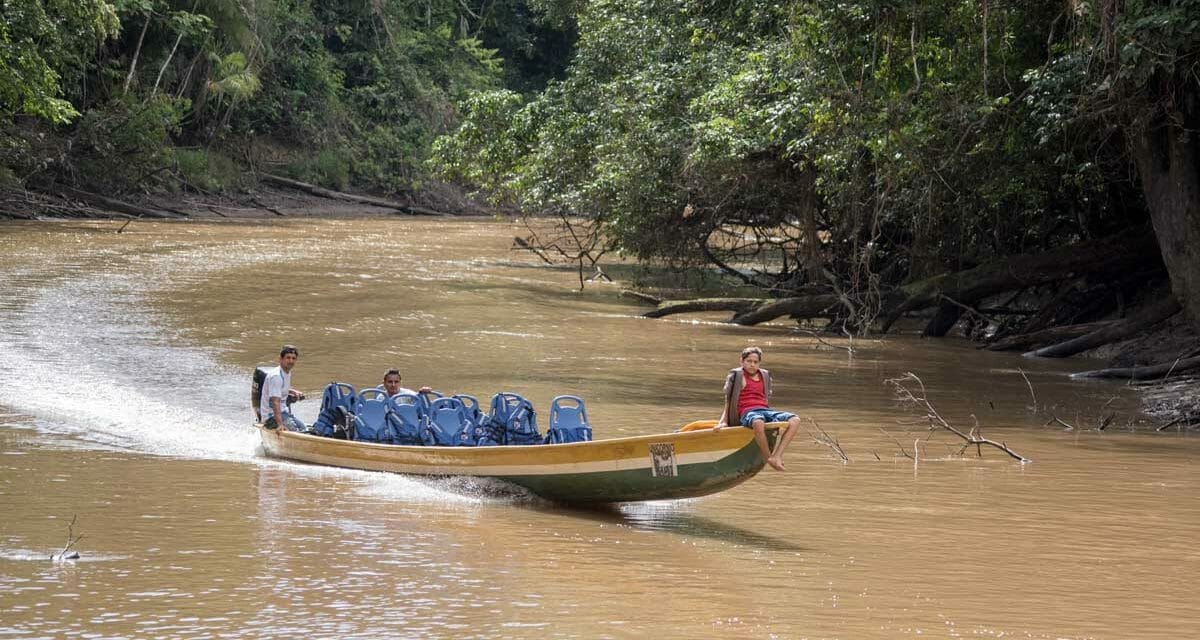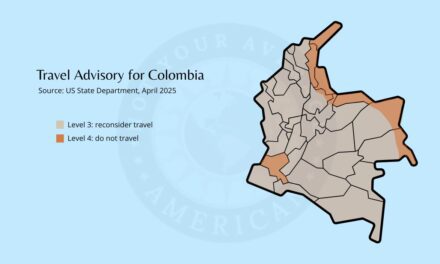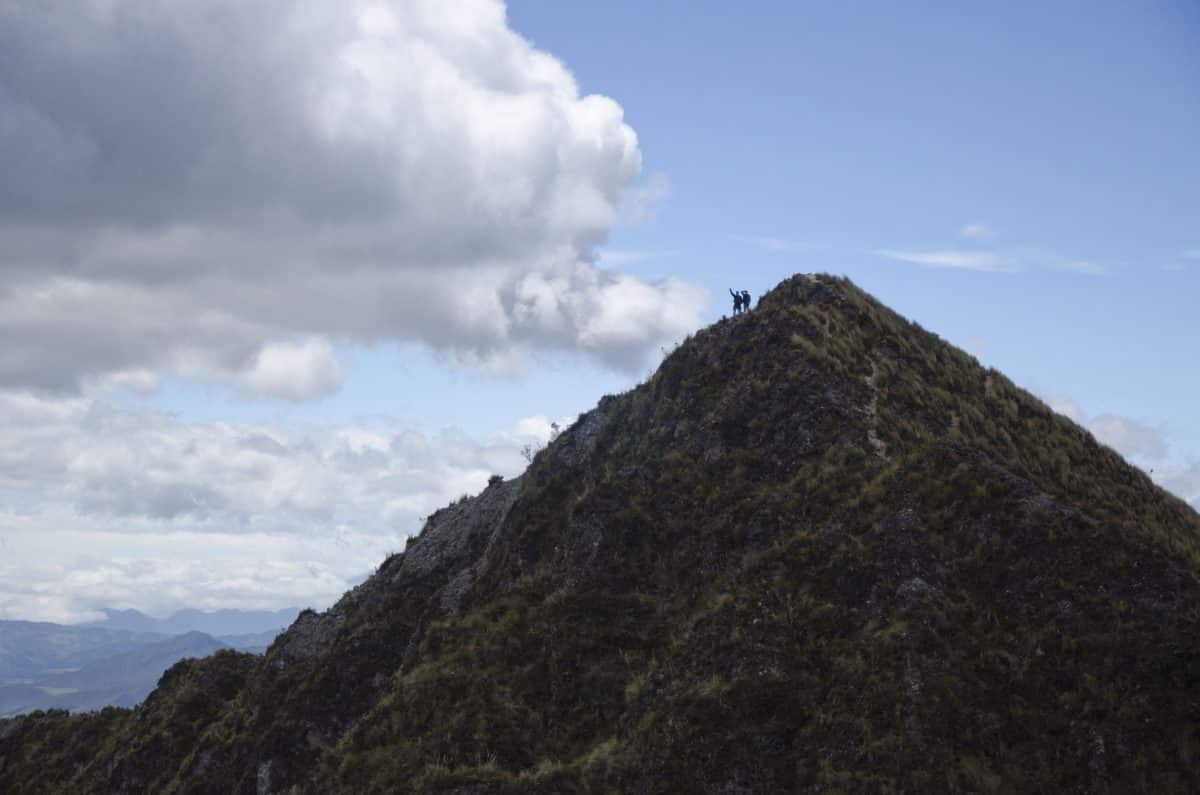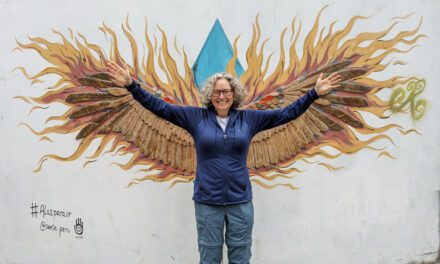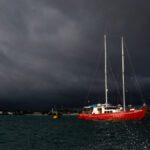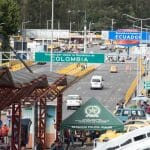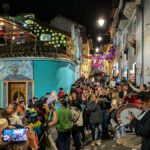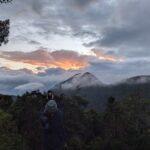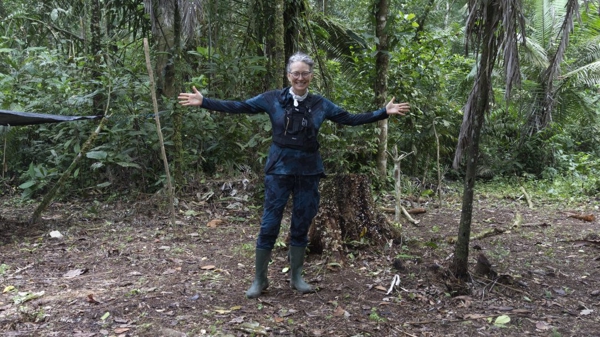As responsible travelers evolve, so do the stories we share.
This article is part of our living archive — trusted content we continue to care for.
First published on August 21, 2025 • Last updated on November 19, 2025.
Writing about safety is complicated. It’s not that we’re scared to travel—far from it. But we’ve reached a stage in life where we recognize that things can go wrong, even in the most beautiful places. Especially in the most beautiful places.
As we get older, the likelihood of experiencing a medical issue while traveling increases. And while living with multiple sclerosis (MS) doesn’t define me, it does remind us to plan ahead. The reality is, the more remote we travel, the more important it is to know what will happen if something goes wrong.
What if I have a new flare while touring Yasuní National Park? Or if one of us takes a bad fall on a remote hiking trail? Or either of us has a heart attack?
We’re only in our late 50s, but those are the questions that begin to creep in when you still love adventure travel—even while recognizing your body might one day betray you.
And that’s where Global Rescue comes in.
Why Global Rescue Made Sense for Us
This year, we purchased an annual Global Rescue family plan—medical only. It gives us peace of mind, not only for our travels in South America, but even here in the United States when visiting our kids in Maryland or California. If something serious happens while we’re on the road, Global Rescue will coordinate and pay to get us back to our home hospital in Portland, Oregon—no matter where we are.
This service is especially important for the kinds of places we travel. We’ve been spending time in rural Ecuador and Peru, with plans to return to Colombia and Bolivia once regional security concerns ease. These are places where hospitals are few and far between. Getting to a hospital in an emergency can be more of a challenge than getting treated at one.

A Quick Comparison: Travel Insurance vs. Global Rescue
Travel insurance is great—for things like canceled flights, lost luggage, or medical expenses. But what travel insurance doesn’t cover is getting you to the care you need.
That’s the gap that Global Rescue fills:
- Field rescue from the site of illness or injury
- Air evacuation when needed
- Medical transport to your home hospital of choice if hospitalized 100+ miles from home
- Medical advisory support 24/7 from trained paramedics, nurses, and military veterans
It’s coverage that works even when things are just starting to go wrong—not only when you’re already in a hospital bed.
Why Medical-Only? And Why an Annual Plan?
As military retirees, we’re fortunate to have good healthcare once we reach a hospital. So we opted for Global Rescue’s medical-only membership, which focuses purely on getting us to proper care quickly.
We also chose the annual plan because we’re planning multiple international trips this year—and the value made more sense than buying coverage piecemeal. At $670/year for a family, it felt like a smart investment.
💡 Bonus: We believe so strongly in the product, we became affiliate partners—meaning we may earn a commission if you sign up using our link (at no extra cost to you).

How We First Learned About Global Rescue
I actually first learned about Global Rescue from clients. Several women joined me on our Sounds of Ecuador tour, where we traveled overland from Quito to the Cuyabeno Wildlife Reserve and back.
At the time, the U.S. State Department had the region listed at a Level 4—Do Not Visit. The warning was under review (and a couple of years later it was downgraded to Level 3), but the remoteness of the location was one of the big concerns.
To help reassure their families back home, some of the women decided to purchase Global Rescue memberships for the trip. One even carried a Garmin satellite phone to ensure she could reach help if needed.
No one had to use their plans, but the peace of mind was invaluable—especially since our entire journey was by land, through regions where medical care was not immediately accessible. That experience stuck with me. It showed me that having an extra layer of security can make a big difference, even if you never need to use it.
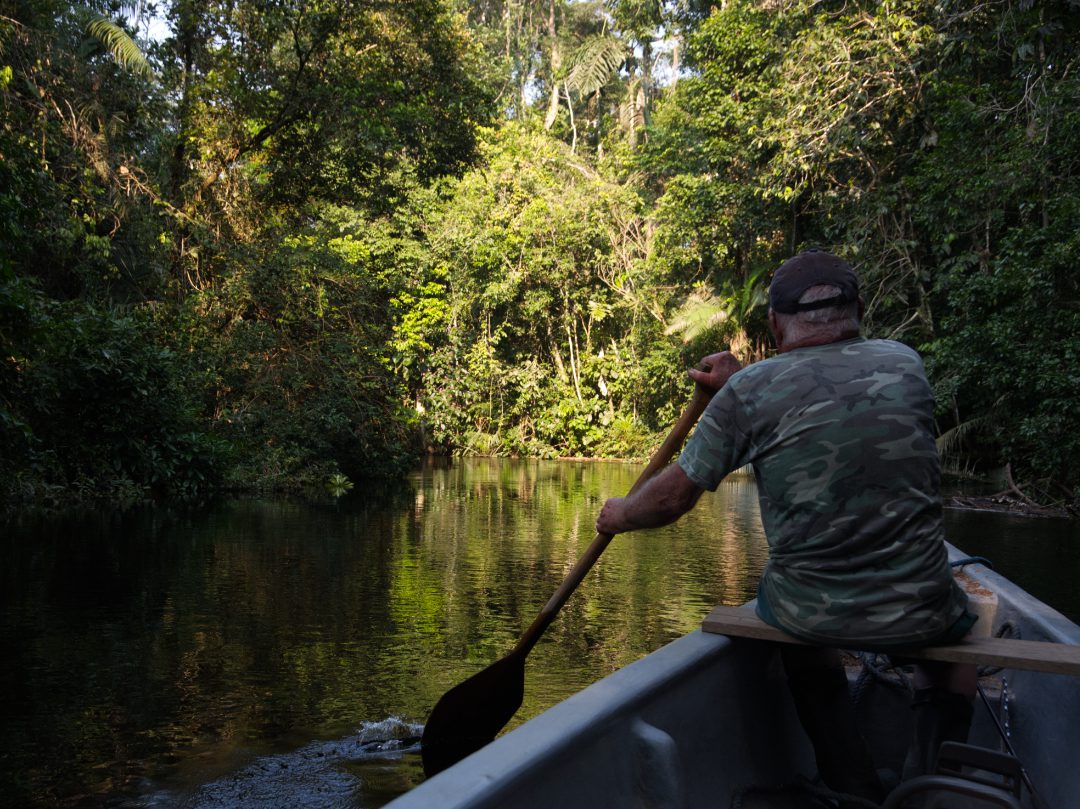
Our Experience Using Global Rescue in Peru
We purchased our Global Rescue membership in time for our recent trip to Peru, where we spent time in Amazonas province, a remote, mountainous region in the Eastern Andes.
Though we didn’t need emergency evacuation (thankfully!), we actively used the app throughout our trip.
We especially appreciated:
- Check-ins and security updates
- Location sharing between us
- Peace of mind knowing the service could locate us if needed
No, we’re not glued at the hip when we travel. But in high-altitude regions, it’s not unusual for one of us to need rest while the other explores. The app helped us keep tabs on each other without constant texting.
It was easy to load and simple to set up—after learning that I had to grant Scott access to the family plan before it worked for him. After that, it worked flawlessly.
⚠️ One Downside: Battery Use
To use real-time tracking, the app requires location services to stay on, which can drain your phone battery faster—especially in areas with spotty cell coverage (check out our article on using a HolaFly eSIM for better coverage in South America).
Our tip? Travel with a portable power bank to keep your devices charged. It’s a small extra weight for a lot of extra peace of mind.
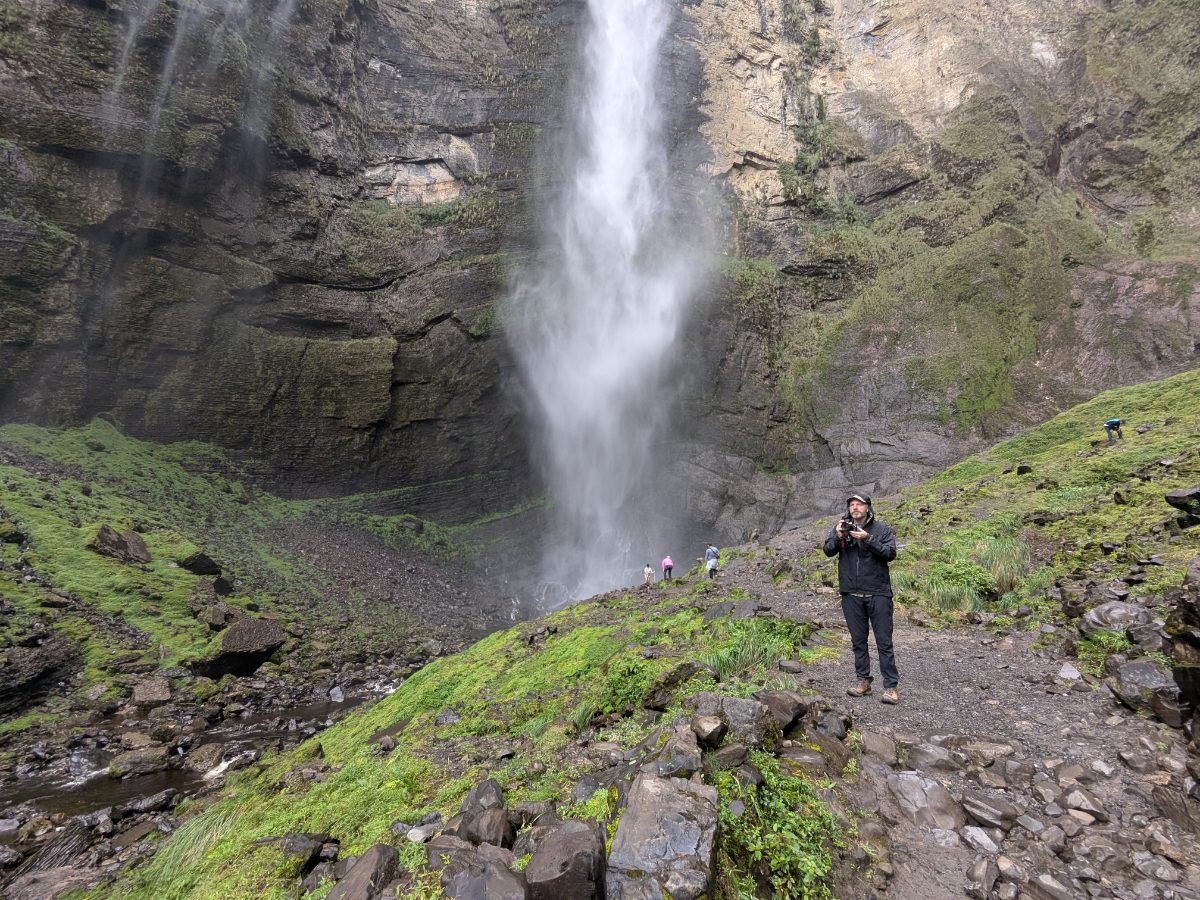
Looking Back: When the U.S. Embassy Was Our Safety Net
Years ago, when we lived in Quito, Ecuador, we had a different kind of emergency backup: the U.S. Embassy doctor. It gave us peace of mind, knowing there was someone we could call if things went sideways.
We remember one specific incident vividly. Our oldest son was stung by a huge wasp while hiking in Bosque Cerro Blanco near Guayaquil. The sting on his back swelled to the size of a large softball, and we weren’t sure if he was having a dangerous allergic reaction.
Fortunately, we had cell signal and were able to call the embassy doctor directly. After describing the symptoms, we learned the wasps in Ecuador aren’t poisonous and that his swelling—while dramatic—didn’t require emergency care. We were incredibly relieved.
But had we not been able to make that call? We likely would’ve panicked, trying to find help in a remote area without guidance or support. Instead, we were able to give him benadryl from our first aid kit and then lots of ice when we got back to our lodging.
Today, we no longer have access to the embassy doctor. And we can’t count on cell signal in every corner of the Andes or Amazon. That’s exactly why we chose Global Rescue—to ensure we’re not left making guesses in the wilderness, wondering what’s next.

Final Thoughts: Travel Boldly, But Travel Smart
We’re passionate about travel—the kind that pushes boundaries, connects us with local communities, and takes us off the beaten path. Traveling at the edges of your comfort zone comes with risks.
Global Rescue isn’t about being afraid. It’s about being prepared.
Whether it’s a wasp sting, a fall on a hiking trail, or something more serious, knowing that we have a team of experts behind us—ready to advise, extract, or evacuate—makes it easier to keep exploring the world with confidence.
Want Peace of Mind for Your Next Adventure?
We trust Global Rescue to help us stay safe while exploring remote destinations. You can check out their medical evacuation plans here:

